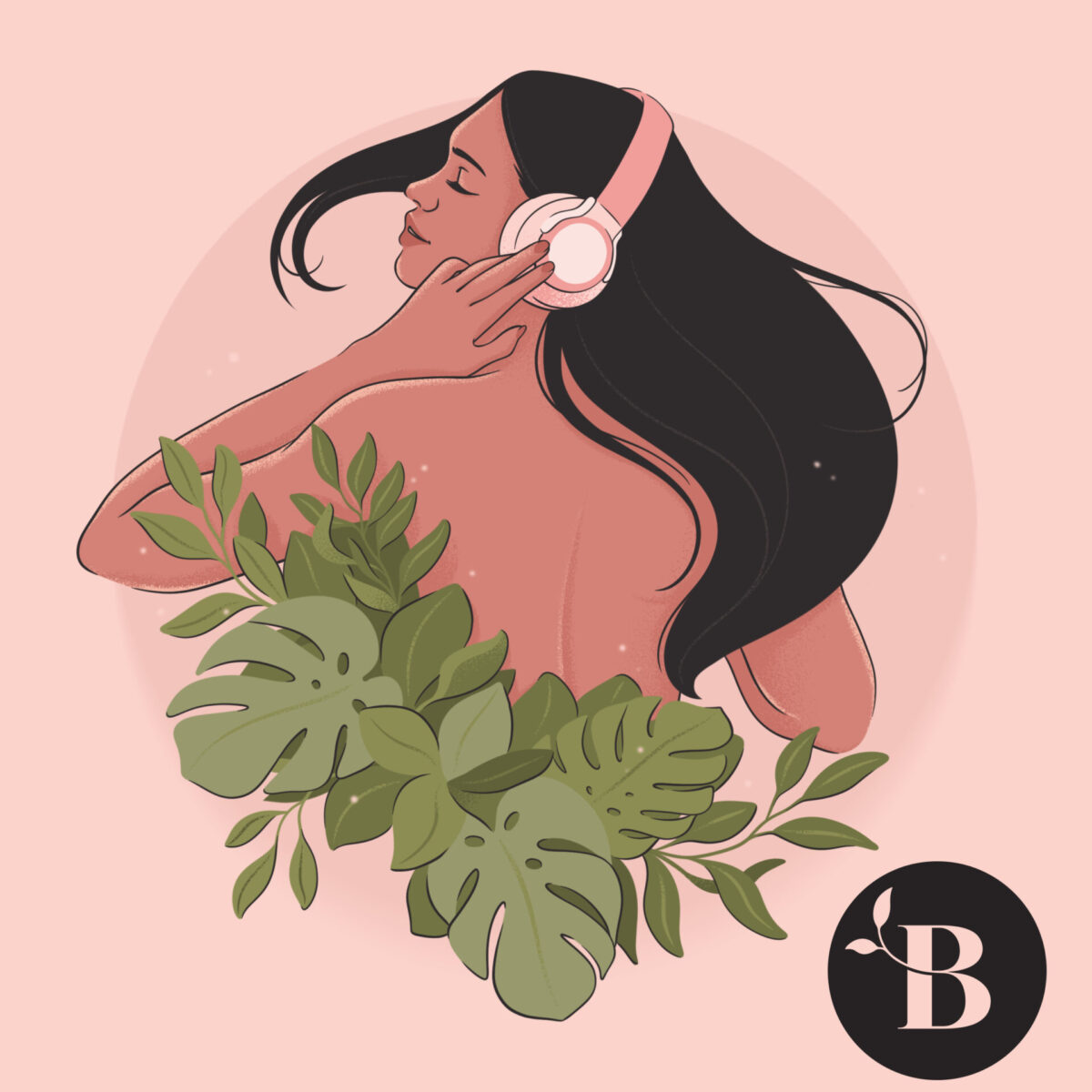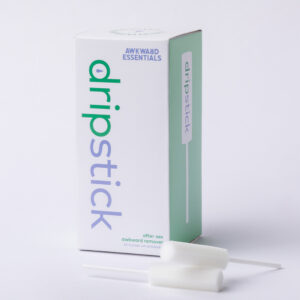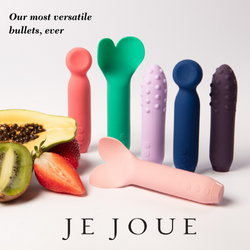Ohnut Kiwi: Sex Toy Relieves Vaginal Entry Pain
SexForEveryBody.com is supported by our readers. We may earn a commission if you buy through links on our site. Learn more.
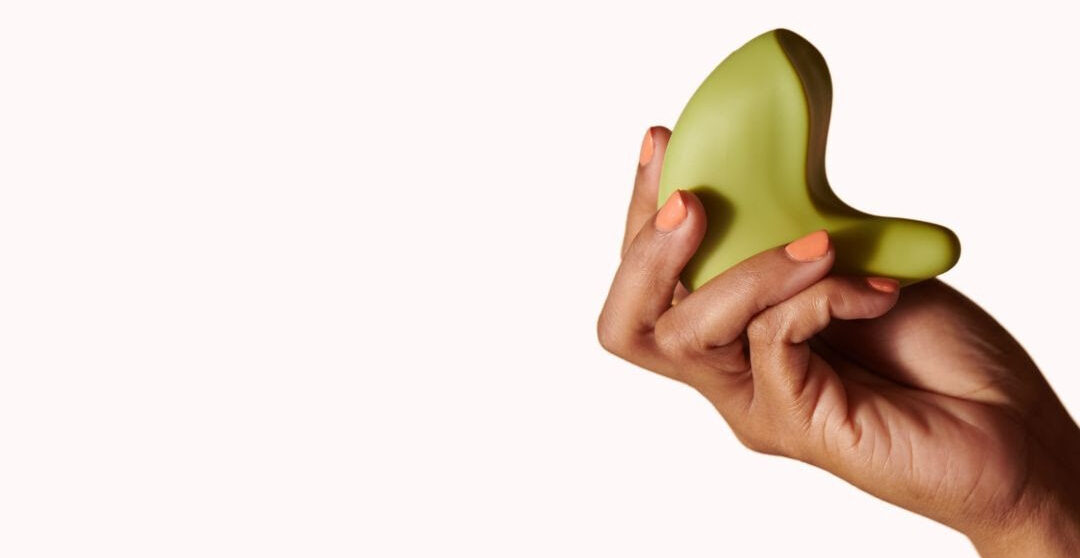
Sex often doesn’t play out the way it’s represented in movies. Choreographed and edited scenes commonly depict seamless passion and pleasure without discussion of personal needs or painful intercourse.
However, studies show that 10 to 28% of women globally are likely to experience genital pain linked to sexual intercourse in their lifetimes. Numbers vary, but it’s estimated that between 3 and 18% currently suffer from this disorder that medical professionals call dyspareunia.
Ohnut CEO Emily Sauer identifies as one of them, which is why she founded her pelvic health company in 2017.
Feeling alone and in a very dark place, Sauer set out to find a solution to her own pelvic pain, and that led her to create the Ohnut. Launched in 2019, the silicone donut ring fits around a partner’s penis and limits the depth of penetration in order to avoid pain during sexual intercourse.
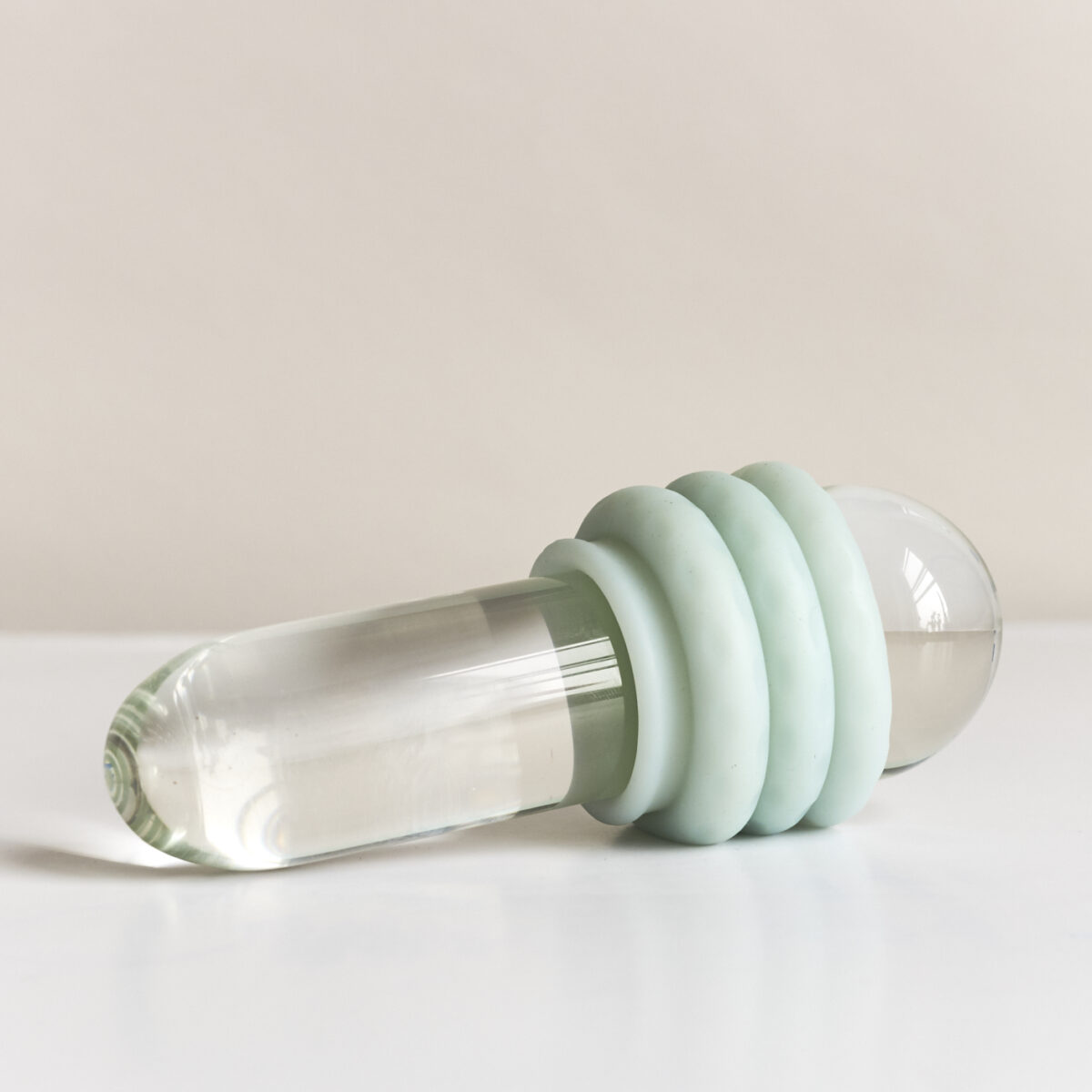
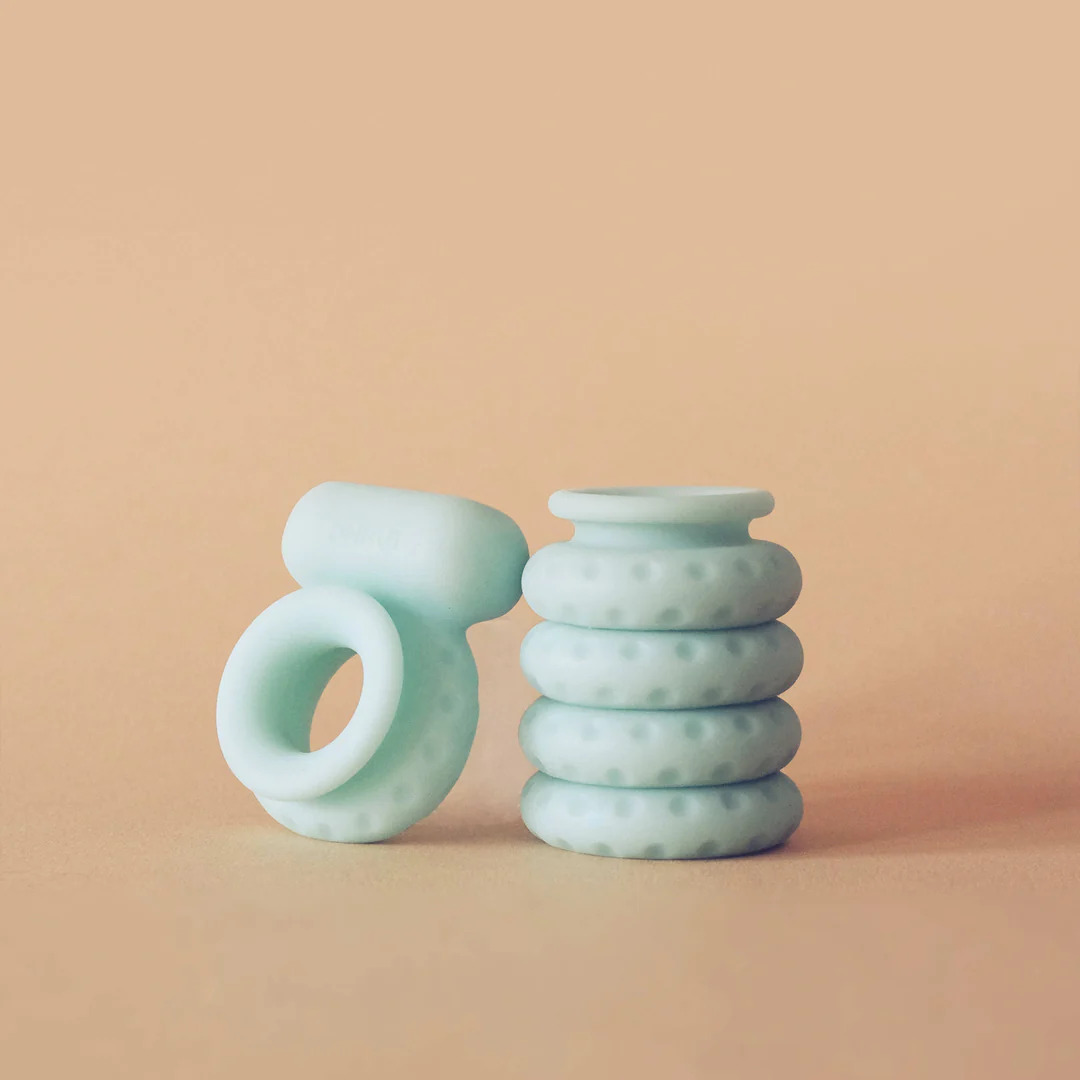
After selling more than 50,000 Ohnuts, Sauer is now taking on another gap in the pelvic health market.
While most sex toys aren’t designed to tackle painful sex, the recently launched Kiwi by Ohnut does just that.
Meet the Ohnut Kiwi
In September, the sexual wellness brand launched its first insertable sex toy Kiwi. Its name and form factor are inspired by the flightless Kiwi bird native to New Zealand.
According to Ohnut, the team interviewed dozens of clinicians for insight on how to create a vibrator to combat entry pain during vaginal insertion. It’s intended to help people with sensitive vaginal openings, and who may feel a burning or tearing sensation.
The target market is people who struggle with desire and avoid sex due to pain.
Related Read: Chronic Vulvar Pain 101: What is Vulvodynia?
Ohnut Kiwis’ smooth dual points allow for targeted or broad-area massage, with a small tip designed for shallow penetration.
Kiwi’s full dimensions are 3.25 inches wide and 3.5 inches tall. The tapered insertable end is 1.5 inches long with a diameter of half an inch to a full inch, from its narrowest and widest point.
Preorders are already sold out. Only 500 units of the vibrating device to relieve painful vaginal entry were available. Priced at $115, Kiwi preorders are set to ship in early 2024.
Ohnut Kiwi boasts the following features:
- Small tip designed for shallow penetration
- Curved shape allows for clitoral stimulation
- Multiple massage ends for muscle tension release
- Two motors for stimulation and blood flow, with 4 speeds
- Allows for perineal massage for birth prep and scar tissue rehab
The Ohnut Kiwi is the second vibrating device released by the company.
It also sells the vibrating Ohnut donut ring, which looks similar to penis rings worn during intercourse. However, it can be used in conjunction with Ohnut’s flagship buffer rings, which are stackable and made from body-safe polymer.
The modular design of the Ohnut donut rings and its vibrating counterpart allows users to choose the right depth of penetration from them. The stretchy rings are sold in a set of four, along with a storage case.
In 2021, the team at Ohnut also launched Pelvic Gymn, a subscription-based and educational online video platform featuring lessons from trained pelvic floor physiotherapists.
Related Read: Fed Up with Poor Vaginal Health, Inventor Creates Momotaro Apotheca Salve

Jenna Owsianik is a Canadian journalist and sex tech industry expert. She is the Founder and Editor-in-Chief of Sex For Every Body®.
Her expertise covers state-of-the-art sex technologies and the major fields driving innovations in intimacy: robotics, virtual reality, remote sex (teledildonics), haptics, immersive adult entertainment, human augmentation, virtual sex, and sexual health.
A trained journalist with a Masters of Journalism from The University of British Columbia, Jenna’s reporting has appeared on Futurism.com, Al Jazeera English, CTV British Columbia online, CBS Sunday Morning, CBS 60 Minutes, Global News, and CKNW Radio in Canada and the United States.





